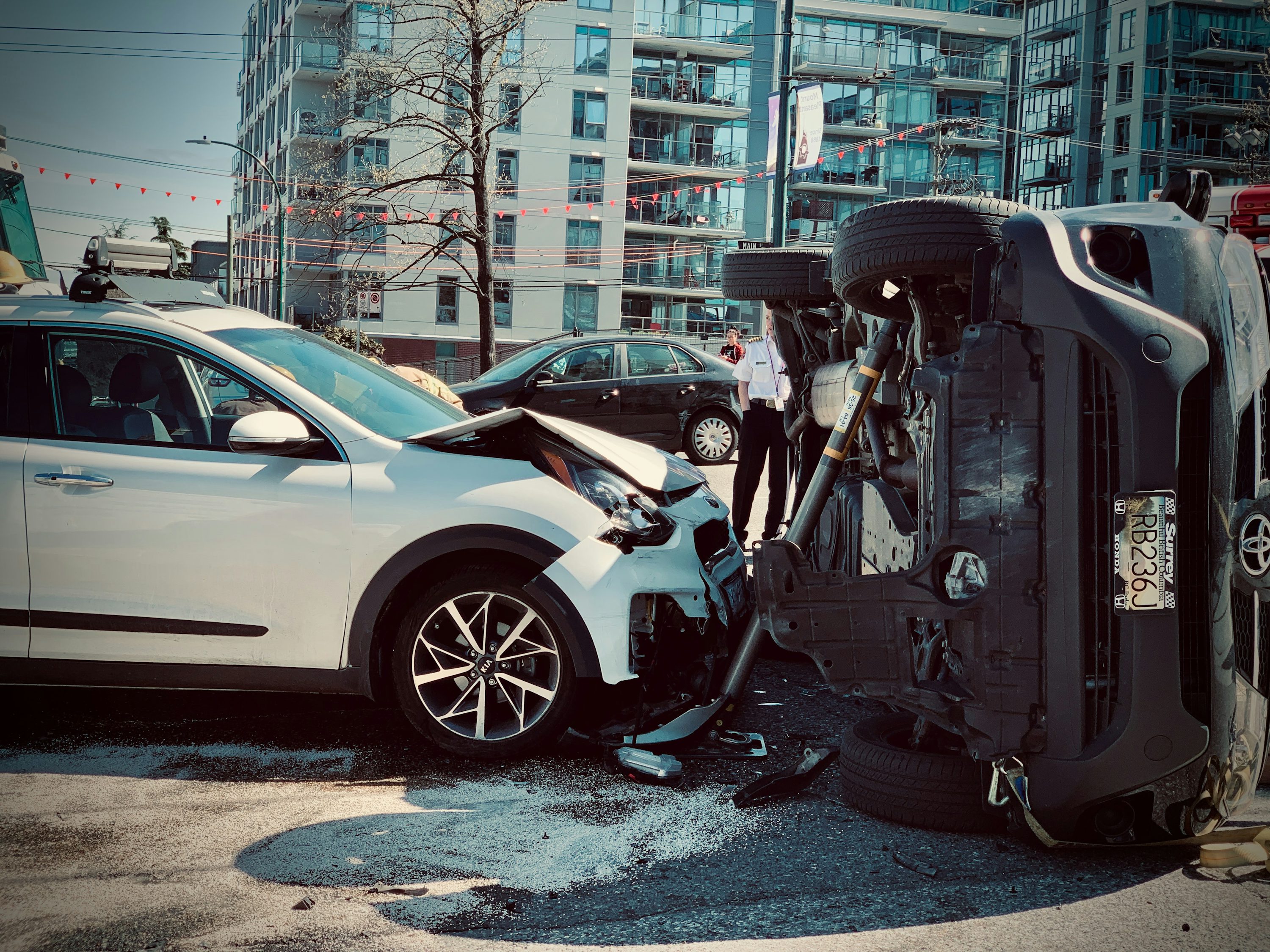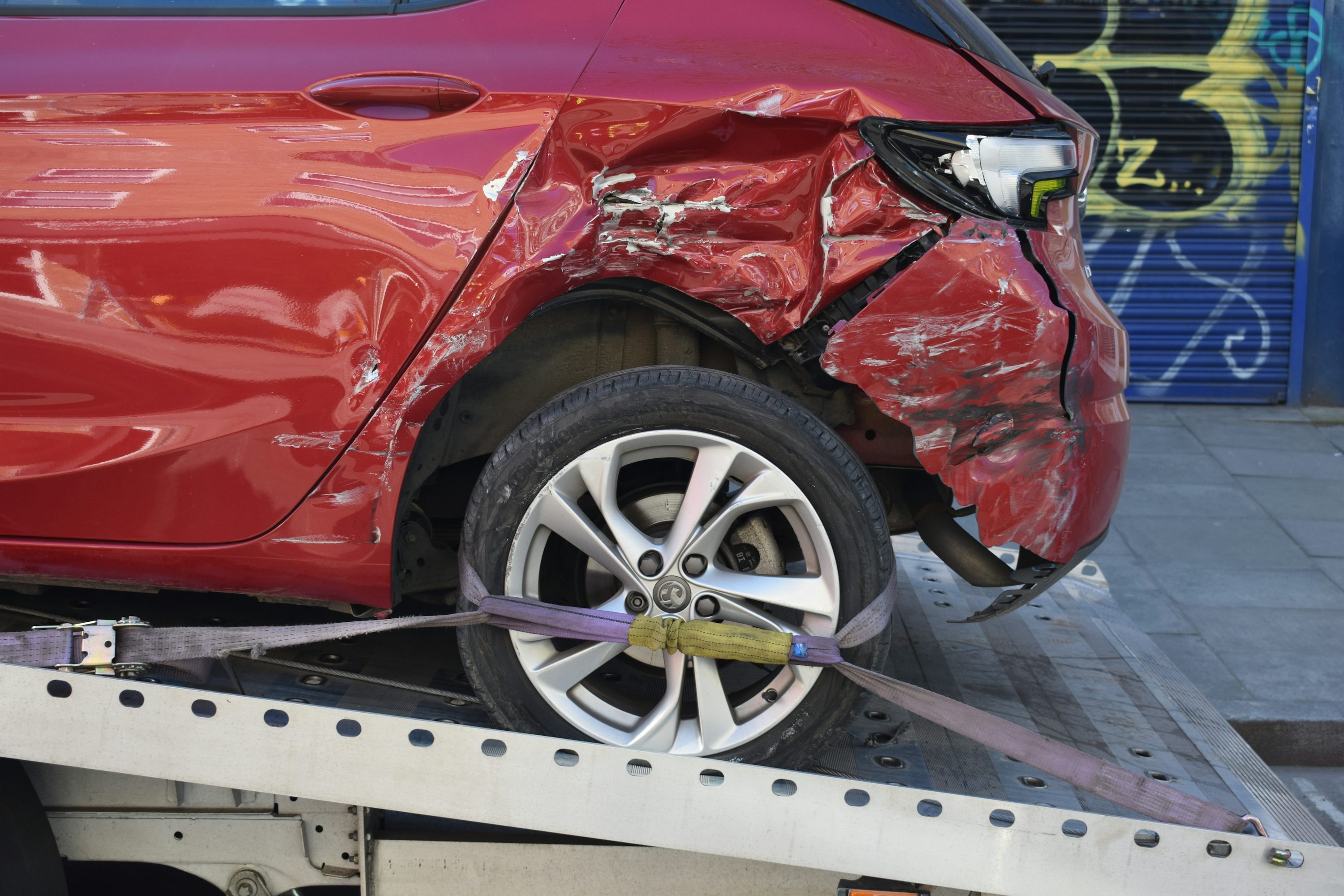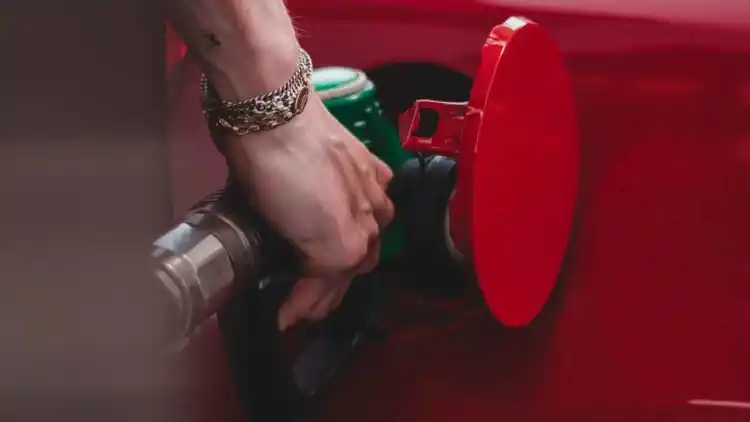- Why Checking Accident History Is Important
- How to Check Accident History of a Car Step by Step
- Additional Tips for a Thorough Check
- FAQ
Buying a used car? Learn how to check its accident history easily! This guide helps you spot hidden issues, get reliable accident reports, and make a smart purchase.
Why Checking Accident History Is Important
Knowing a car's accident history is truly important. It helps you avoid many hidden issues that might not be clear at first glance. A car that has been in a crash can have problems that affect its safety on the road. It can also cost you a lot more money later on for unexpected repairs.
Past damage, even if repaired, can affect how the car drives and how long it lasts. For example, a car with frame damage might never drive straight again. Checking the accident history gives you peace of mind when buying a used vehicle. It clearly shows accident reports and details about past repairs. This step prevents unexpected problems like rust, water leaks, or issues with important parts later on.
How to Check Accident History of a Car Step by Step
Follow these easy steps to get a clear accident report for any used car you are thinking of buying. These steps will guide you through how to check vehicle history in a simple way.
Step 1:Get the Vehicle Identification Number (VIN)
The first thing you need is the car's VIN. This special number is like a fingerprint for the car. It is a unique code that links to all of the car's records, including its history of ownership and any accidents. The VIN helps you get accurate reports when you check accident history online.
Here are the common places where you can find the VIN:
On the dashboard: Look through the windshield on the driver's side. You will see a small plate with the VIN printed on it.
On the driver's door frame: Open the driver's door and look at the frame where the door latches. There is usually a sticker with the VIN and other car details.
On car title or documents: The VIN is always listed on the car's official title, registration, and insurance papers.
Once you find the VIN, write it down carefully. Make sure all the letters and numbers are correct to avoid mistakes when you check online services. Even one wrong character can give you the wrong car records.
Step 2:Use Trusted Online Services
After you have the VIN, you can then use trusted online services to fetch an accident history report. There are different options available, some free and some paid, depending on how much detail you need.
Free Option:
You might find some basic information from general government databases or websites. For example, some regions have a public National Insurance Database. These sites might give you a very basic accident history, but they are often limited.
What you get: Often only very basic details, like if the car has ever been registered as a total loss. * Things to remember: These free sources might not have all the small accidents or full repair details. Also, they are not official everywhere, so always check what works best in your local area in the UAE or KSA.
Paid Option:
For a full and detailed accident report, it is best to buy one from well-known companies. Services like CARFAX or AutoCheck are very popular. They collect data from many different sources, like police reports, insurance claims, and service centers.
These paid reports usually show you:
A list of all past accidents the car has been involved in.
Estimates of the repair costs related to any damage.
Any changes in the car's title history, like if it was ever reported as salvaged, flooded, or rebuilt.
The number of previous owners and how the mileage has changed over time.
Cost: The cost for a full report from these services can vary, but it's typically under 180 AED/SAR. It is a small price to pay for peace of mind. It's smart to compare reports from two different sources if you can, to make sure you get the most accurate picture of the car's past accident damage.
Step 3:Analyze the Report for Key Details
Once you get the accident report, you need to look at it closely for key details. This step is about understanding the accident records and what they mean for the car.
Here's what to look for:
Number of past accidents: See how many times the car has been reported in an accident.
Where damage happened: The report often tells you if the damage was to the front, back, side, or all over the car.
Severity of damage: Look for any signs of serious issues, like frame bends or if the airbags went off. Frame damage is very serious and can be very costly to fix correctly.
Repair details: Check if the report mentions how the car was repaired and if parts were replaced.
Total loss or salvage title: This is a big red flag. If a car was declared a total loss, it means the cost to repair it was more than its value.
Sometimes, you can use free online tools to cross-check some findings, especially if the report seems unclear. Always try to understand all the information the report gives you.
Step 4:Confirm with a Physical Inspection
You should not trust reports alone. While online reports are a great start to check accident history, they do not tell the whole story. It is very important to get a physical inspection of the car by an expert.
Ask a Mechanic:
Take the car to a local, trusted mechanic or a specialized vehicle inspection center for a mechanic's check. They can do a deep dive into the car's condition. Ask them to specifically focus on areas that might show past accident damage, like the frame and the underbody of the car.
How it helps:
A skilled mechanic can spot hidden accident damage that reports might miss or that the seller might not tell you about. They can look for:
Signs of new or mismatched paint.
Welding marks on the frame, which suggest frame damage.
Uneven gaps between body panels.
Water leaks in the trunk or under the carpet.
Signs of rust or cheap repairs.
This final step is crucial for making sure the car is safe and sound. It combines the data from the vehicle history report with a real-world look at the car.
Additional Tips for a Thorough Check
To ensure you are fully prepared when buying or selling a used car, consider these additional tips.
Update Records: If you are selling your car, refreshing its accident reports every few years can help give buyers confidence. If you are buying, make sure the report is recent.
Avoid Scams: Always stick to trusted online services when getting reports. Be careful of websites offering free, too-good-to-be-true reports. Research reviews on car forums or ask for recommendations.
Legal Tips: Before buying, consult your area's rules on vehicle transfers and what information about accident history must be shared by the seller. Laws can differ by country or even within a country. Be aware of any specific reporting requirements in the UAE or KSA.
Safety First: Always combine checking the accident history with a full used car inspection. This includes test driving the car, checking all lights and systems, and having a professional check the engine and brakes. This ensures a truly safe used car purchase.
FAQ
Q:How accurate are online accident history reports?
Online reports from trusted services like CARFAX or AutoCheck are generally very reliable. They pull information from many databases, but they are not always 100% perfect. Sometimes, very minor accidents might not get reported, or repairs might not be linked correctly. For the best picture, try to compare information from two or more sources if you can. Always, always add a mechanic's check for a real-world analysis of any possible accident damage.
Q:Is it free to check accident history?
Basic checks, such as using a VIN to see if a car has ever been listed as stolen, might be free on some government websites. However, detailed accident reports with full damage and repair details usually come with a cost. This cost is typically under 180 AED/SAR. The price can vary depending on the provider and your location. If you are on a budget, start by looking for government sites or free VIN decoders that might offer limited information.
Q:Can I see accident damage without a report?
Yes, you can often see signs of accident damage just by looking closely at a car, even without an accident report. Look for visible signs like:
Odd paint colors or textures on different parts of the car.
Mismatched parts or panels that don't quite line up.
Big gaps between body panels.
Signs of fresh paint overspray on rubber seals or trim.
New bolts on old parts, or new parts next to rusty old ones.
However, a report adds important unseen details that you cannot spot by just looking. For example, it might show if there was electrical damage or if the car had serious underlying frame damage. It is always best to pair your visual check with an official report and, most importantly, a professional mechanic's inspection to spot serious issues.
Read More:
How Big Is the VW Tiguan? A Full Guide to Its Space and Practicality
Do VW Tiguan Lock Automatically When Parked? Essential Guidance













